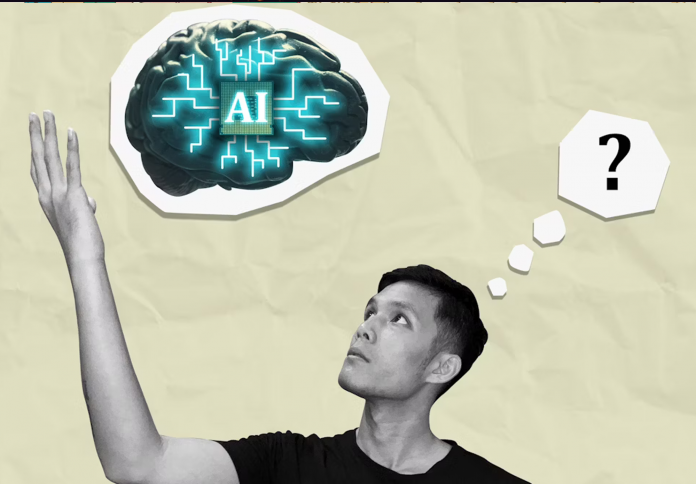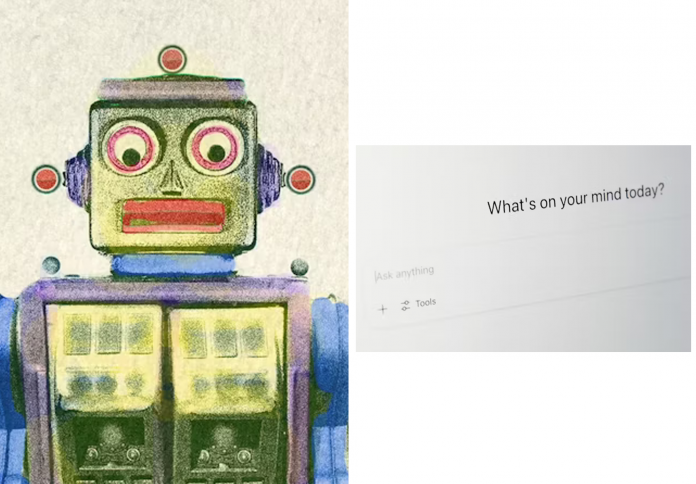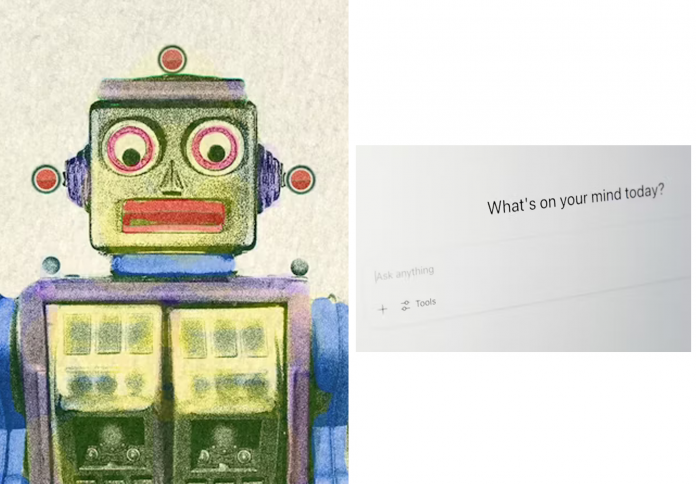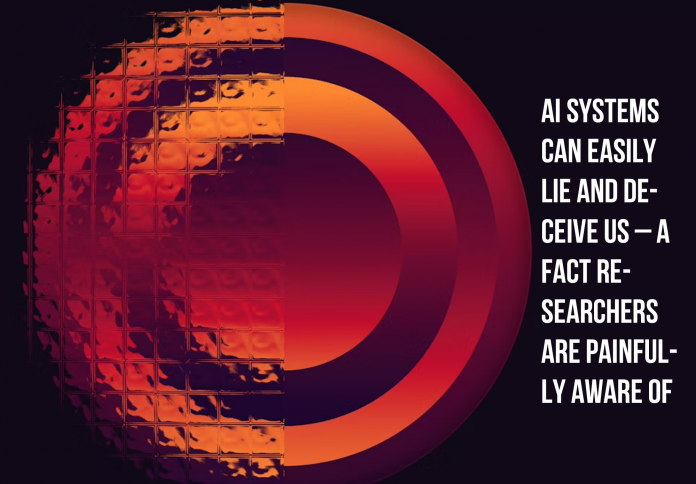From calling them “digital brains” that “feel” to giving them human names, the tendency to personify Artificial Intelligence models, particularly Large Language Models (LLMs), is pervasive. This isn’t just a media quirk; it’s a deep-seated human psychological reflex known as anthropomorphism—the impulse to assign human traits, emotions, and intentions to non-human entities. When AI mimics human conversation and creativity with uncanny realism, our brains unconsciously respond as if we are interacting with a living being. While this metaphorical framing simplifies complex technology and aids communication, researchers warn that it may create a “semantic trap,” leading to inflated expectations, ethical confusion, and a dangerous overestimation of the machine’s true sentience.
The Innate Human Need to Anthropomorphize
The human inclination to personify is deeply ingrained. We see faces in clouds, talk to our pets, and attribute motivation to the weather. When confronted with the abstract and complex concept of AI, especially technologies that engage in realistic back-and-forth dialogue, our minds naturally default to familiar human analogies to make sense of the unknown.

Researchers like Clifford Nass demonstrated decades ago that humans treat machines socially, even when they consciously know the machine is “just code.” This reflex is amplified by the sheer computational capability of modern LLMs, which are sophisticated enough to synthesize vast amounts of human text and generate responses that perfectly mimic empathy, creativity, and reasoning. This mimicry of human output is not intelligence or feeling; it is merely a statistical probability trick, yet our brains struggle to distinguish the highly realistic simulation from genuine sentience.
The Metaphorical Utility: Simplifying the Complex
One undeniable benefit of personifying AI is its heuristic value—it provides an easy-to-understand shortcut for explaining complex, technical processes. Terms like “neural networks,” “machine vision,” and “machine learning” are themselves metaphors drawn from biology and human cognition.
These linguistic choices allow scientists, journalists, and the public to grasp the function of the technology without getting lost in algorithms and computational mathematics. By framing AI as a “brain,” we instantly understand that the system’s core function is to “think,” “remember,” and “learn.” This simplified narrative drives public interest, secures funding, and speeds up the general adoption of new technologies. However, this metaphorical simplification carries a hidden cost, obscuring the machine’s lack of true comprehension.
The Psychological Risks of False Equivalence
The convenience of humanizing AI quickly turns into a psychological risk when the metaphors are taken literally. By using terms like “AI understands” or “AI feels,” we risk falling into a phenomenon sometimes described as semantic pareidolia—projecting intelligence and meaning onto machine outputs that are fundamentally just sophisticated pattern matching.

This false equivalence has serious implications. It can lead to an erosion of human agency, where individuals become overly reliant on AI predictions or decisions, thinking, “If this ‘digital brain’ knows me so well, why should I bother thinking for myself?” More critically, it raises ethical red flags about emotional manipulation. When users believe an AI companion or therapist actually cares, they are vulnerable to deception and exploitation, as the machine’s perceived empathy is merely an anticipated response, not felt emotion.
Impact on Safety and Policy Discourse
The metaphors we use actively shape the public discourse and regulatory approach to AI. When policymakers and the media depict AI as an unstoppable “natural force” or engage in “AI development is war” metaphors, it can create a sense of inevitable progress that stifles responsible governance.

Furthermore, framing AI as a near-sentient being distracts from the actual risks, which are rooted not in robot sentience but in algorithmic bias, data security, and control misalignment. Focusing on whether AI is “conscious” prevents serious engagement with the practical dangers of a powerful tool that is opaque, autonomous, and operates without human moral constraints. A more honest linguistic framework is necessary to address the real-world ethical challenges effectively.
A Call for Technological Literacy and Honesty
To responsibly navigate the future of AI, we must develop a higher degree of technological literacy and linguistic honesty. Instead of relying on anthropomorphic shortcuts, we need to understand AI as a powerful, statistical tool—a sophisticated engine for pattern synthesis and prediction, not a thinking person.
The goal is not to eliminate all metaphors, but to choose ones that are accurate and helpful. By seeing AI more clearly for what it is—an immensely valuable but entirely non-sentient piece of technology—we can better govern its development, mitigate its risks, and ensure that we maintain ultimate human responsibility and control over our digital creations. This requires a collective effort to move beyond the sci-fi fantasy and engage with the machine on its own computational terms.










